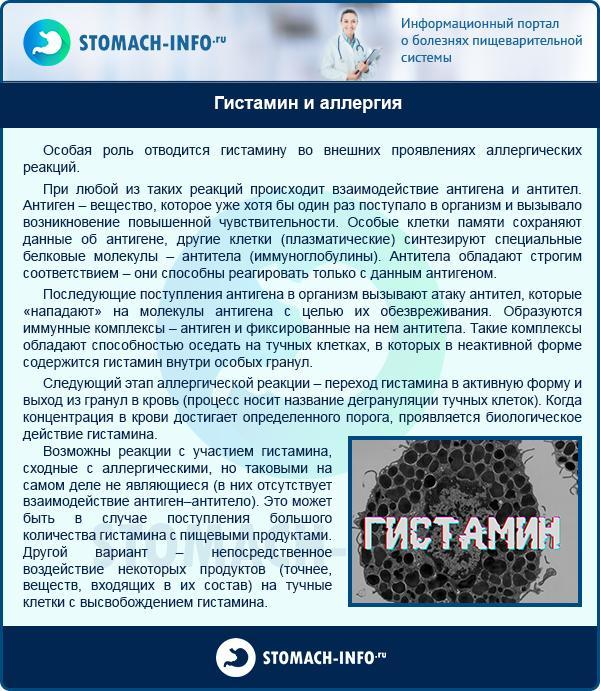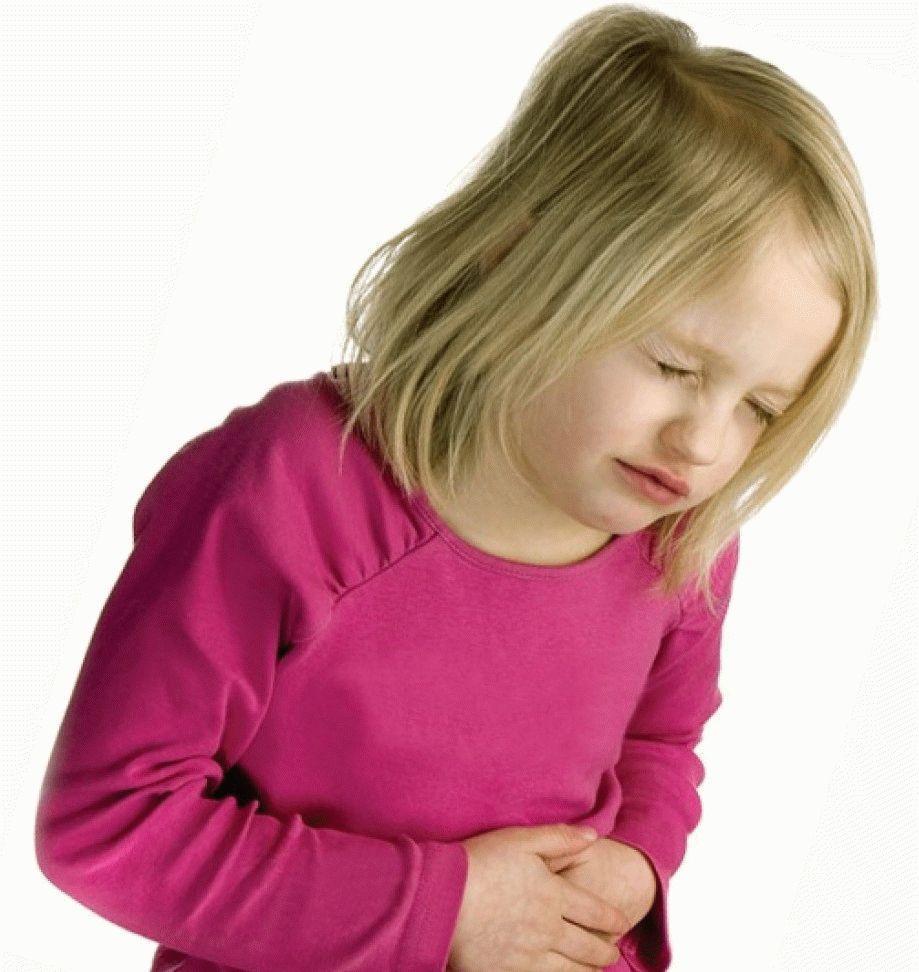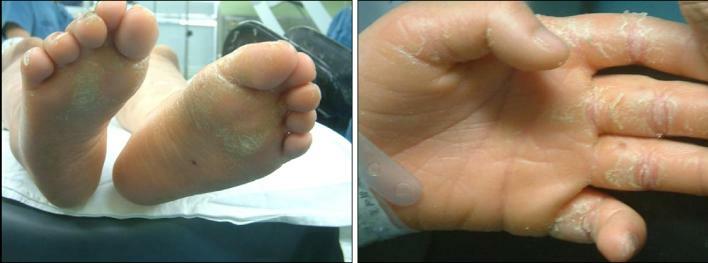Why is nauseous after eating: causes and methods of elimination
Nausea is not a disease, but it can be a signal of the presence of pathology in the body. Bad eating habits are not the only source of discomfort. Why does one feel sick after eating: the causes and methods of solving this problem will be discussed later.

Why is nauseous after eating: reasons
Content
- 1 Symptoms of nausea
- 2 Etiology of nausea
- 3 Somatic causes
- 4 Why is nauseous after eating: reasons
- 5 Food allergy
- 6 Food poisoning
- 7 Nausea in a child
-
8 In what situations is it necessary to consult a specialist
- 8.1 Video - Nausea: causes, symptoms, possible foci of the disease and treatment
Symptoms of nausea
A feeling of discomfort in the upper part of the peritoneum, passing to the walls of the esophagus and the oral cavity, is called nausea. In most situations, it precedes vomiting and is caused by disorders of the digestive system. On a chemical level, it is caused by the disturbance of the vagus nerve, which transmits signals to the vomiting center.
Along with nausea, the following symptoms may appear:
- excessive salivation;
- hypotension;
- lethargy;
- vasoconstriction;
- tachycardia;
- blanching of the skin;
- feeling of coldness in the hands and feet.
During this process, a violation of peristalsis occurs. The muscle tone of the gastric fundus and motility in general are significantly reduced. At the same time, the tone of the duodenum increases, which leads to the ingress of its contents into the stomach.

One of the common situations during which nausea occurs is motion sickness in transport.
Etiology of nausea
Many physiological conditions can trigger nausea. As a rule, it refers to the natural defensive reactions by which the body is freed from toxins. However, vomiting is often caused not by protective mechanisms, but by serious illnesses.
Table 1. Possible causes of nausea
| Diseases, conditions or procedures | Description | Additional symptoms |
|---|---|---|
| Rotavirus infection | This disease is characterized by a combination of intestinal and respiratory syndromes. The causative agent is rotaviruses that enter the body by airborne droplets. |
|
| Pregnancy | Toxicosis is caused by a change in the level of progesterone and the restructuring of the body to the needs of a ripening fetus. Usually, discomfort in the epigastric region appears at the beginning of 2 months of pregnancy. |
|
| Acid reflux | The main manifestation of reflux disease is considered to be heartburn, but this disease is often accompanied by nausea. Failures in the functioning of the valve located between the stomach and the esophagus lead to the ingress of gastric juice into the esophagus. |
|
| Stress | In addition to the emotional damage, regular overexertion has a negative impact on health. Stress is accompanied by a lack of appetite and feeling unwell after every meal. Nausea resolves after stabilization of the mental state. |
|
| Chemotherapy and radiation | Some chemotherapy drugs can cause nausea due to their emetogenic properties. |
|
| Gallbladder disease | With the help of this organ, the body digests fats. Any pathology associated with the gallbladder can affect the digestibility of food. In turn, this is fraught with the appearance of painful sensations in the abdominal region and nausea. |
|
| Irritable bowel syndrome | This disease manifests itself through a temporary disruption of the activity of the digestive tract. Low physical activity, constant stress, an unbalanced diet lead to the appearance of the disease. Nausea is considered one of the most common symptoms in IBS patients. |
|
| Motion sickness in transport | Some people are very sensitive to movement. This is especially true for public transport and aircraft. Eating before or after a trip increases the discomfort. |
|
Constant nausea is an alarming bell, indicating a violation of the digestive system. Such pathologies include the following:
- ulcerative formations in the digestive tract;
- endocrine system diseases;
- cholecystitis;
- inflammatory processes of the pancreas;
- pancreatitis;
- malfunctions of the cardiovascular system;
- intestinal infections.
The migraine is also accompanied by nausea.

Often the cause of nausea lies in poor nutrition.
Somatic causes
An uncomfortable sensation in the epigastric zone can be triggered by diseases of the nervous system. If nausea appears at regular intervals, it is necessary to consult a gastroenterologist or therapist.
Psychogenic nausea is often associated with disorders of the nervous system. In neurotics, such a physiological deviation develops very quickly and is fixed as a pathological reflex.

A strongly manifested positive emotion can also provoke discomfort in the epigastric region.
Why is nauseous after eating: reasons
Common causes of discomfort that require medical attention.
Table 2. Diseases requiring medical attention
| Disease | Additional symptoms |
|---|---|
| Dysfunction of the stomach |
|
| Inflammatory processes in the liver |
|
| Inflammation of appendicitis |
|
| Pancreatitis |
|
| Colibacillus |
|
| Renal failure |
|
| Hypertension |
|
| Hypothyroidism |
|
If nausea bothers for a long time after the end of the meal and accompanies the patient throughout the day, there may be a risk of myocardial infarction. If such symptoms are found, an ambulance team should be called.

Weakness of the vestibular apparatus is accompanied by nausea
Causes of nausea that do not require urgent medical attention:
- Frequent consumption of fatty foods.
- The use of substandard food products.
- Disruptions in the activity of the vestibular apparatus.
- Physical activity after meals.
- Side effect from the use of medications.
- Helminthic invasion.
Nausea often occurs when there is a sudden change in body position. It is accompanied by severe dizziness, difficulty concentrating, and wandering gaze.
Food allergy
Pathology occurs during the use of products in which the allergen is located. This substance causes a hostile immune response. In theory, any food protein is capable of serving as a source of increased food sensitivity. However, not every patient is allergic to certain foods. The degree of manifestation of the disease is due to the resistance of immunity to certain allergens.

An allergic reaction to certain foods can cause nausea
Certain foods can mislead the immune system. When it enters the body, it perceives them as aggressive invaders and launches a series of processes that provoke the release of histamine. This element is responsible for the manifestations of allergies in the form of nausea, vomiting, shortness of breath, swelling, diarrhea, itching and discomfort in the peritoneum.

Histamine and allergies
The main proteins that contribute to the development of allergies are nuts, wheat, egg, fish, dairy and soy. Peanut and seafood proteins can even trigger anaphylactic shock, leading to death.
If you suspect a food allergy, you should pass the appropriate tests and, if pathologies are present, avoid the use of allergenic products. Sometimes a hypoallergenic diet helps to get rid of hypersensitivity to certain foods, but allergies to peanuts, milk and shellfish accompany the patient throughout his life.
Food poisoning
Failure to comply with the storage or preparation conditions of food is fraught with the growth of harmful bacteria. Penetrating into the body, they begin to multiply rapidly. Toxic waste products from the vital processes of parasites contribute to the poisoning of the body. Eating disorders such as nausea, diarrhea, fever and vomiting usually occur within 4 hours after eating. Sometimes a similar symptomatology occurs a day after eating low-quality foods or inedible mushrooms.

Nausea is one of the main symptoms of poisoning.
In most cases, the following foods cause poisoning:
- fermented milk products;
- soybean sprouts;
- cream cakes;
- soft cheeses;
- cakes;
- tomato juice;
- glazed curds;
- mayonnaise-based salads;
- boiled sausage;
- eggs;
- pate;
- mushrooms.
With any type of poisoning - alcoholic, food or drug, the liver is primarily affected. The main burden of cleansing the body falls on this organ.
Nausea in a child
At a tender age, discomfort in the epigastric region is due to many reasons that are not related to the field of digestive processes.

Nausea in babies is often triggered by pathologies not related to digestive processes
Table 3. Processes accompanied by nausea
| Disease | Additional symptoms |
|---|---|
| Increased intracranial pressure | Severe headaches. |
| Binge eating | Excessive food intake contributes to a feeling of fullness in the abdominal cavity. |
| Vestibular problems | Due to the fact that children are often rocked in public transport, in addition to nausea, babies have dizziness and lethargy. |
| Dehydration of the body | After active physical activity, the child begins to sweat, which is fraught with moisture loss. |
Children suffer from allergic reactions and the effects of stress in the same way as adults. Especially emotionally active babies often experience manifestations of nausea with any experience.
In what situations is it necessary to consult a specialist
If, after eating, the discomfort disappears within a few minutes, there is no cause for concern. If nausea appears regularly for one week, you need to see a doctor.

If nausea lasts more than 7 days, you should consult your doctor
The following symptoms are especially alarming:
- diarrhea lasting more than 24 hours;
- clouding of consciousness;
- dizziness;
- vomiting with bloody discharge;
- acute feeling of thirst;
- weak urination;
- severe abdominal pain;
- high body temperature.
For prolonged nausea, your doctor may suggest keeping a food diary to identify irritating foods. Also, to establish an accurate diagnosis, it is necessary to conduct a number of laboratory tests: a general blood and urine test, endoscopy, a food allergy test, CT, ultrasound or X-ray examination.


